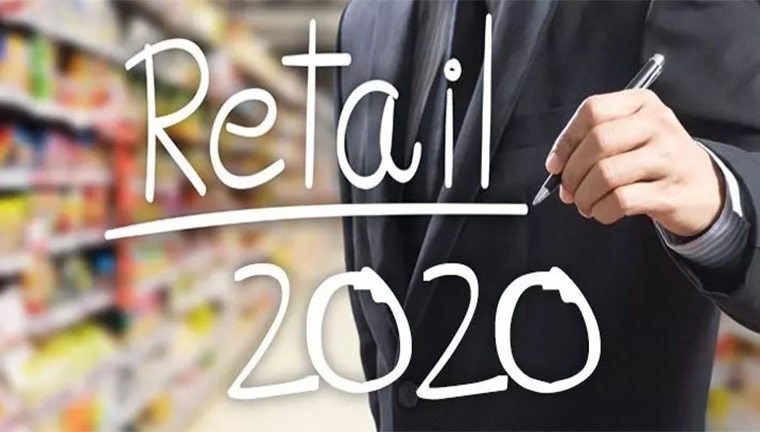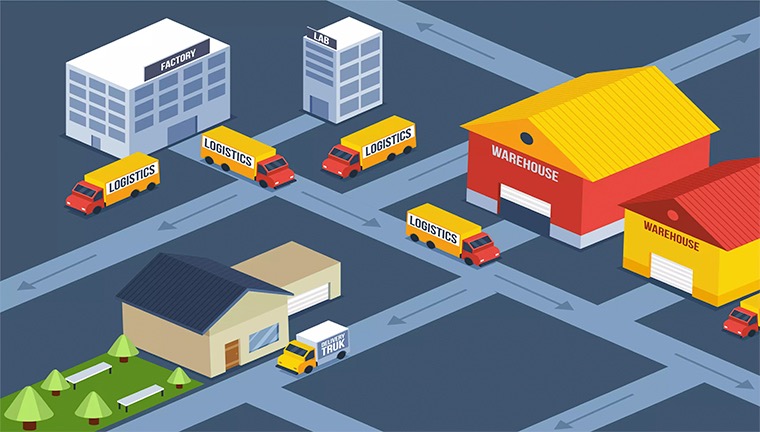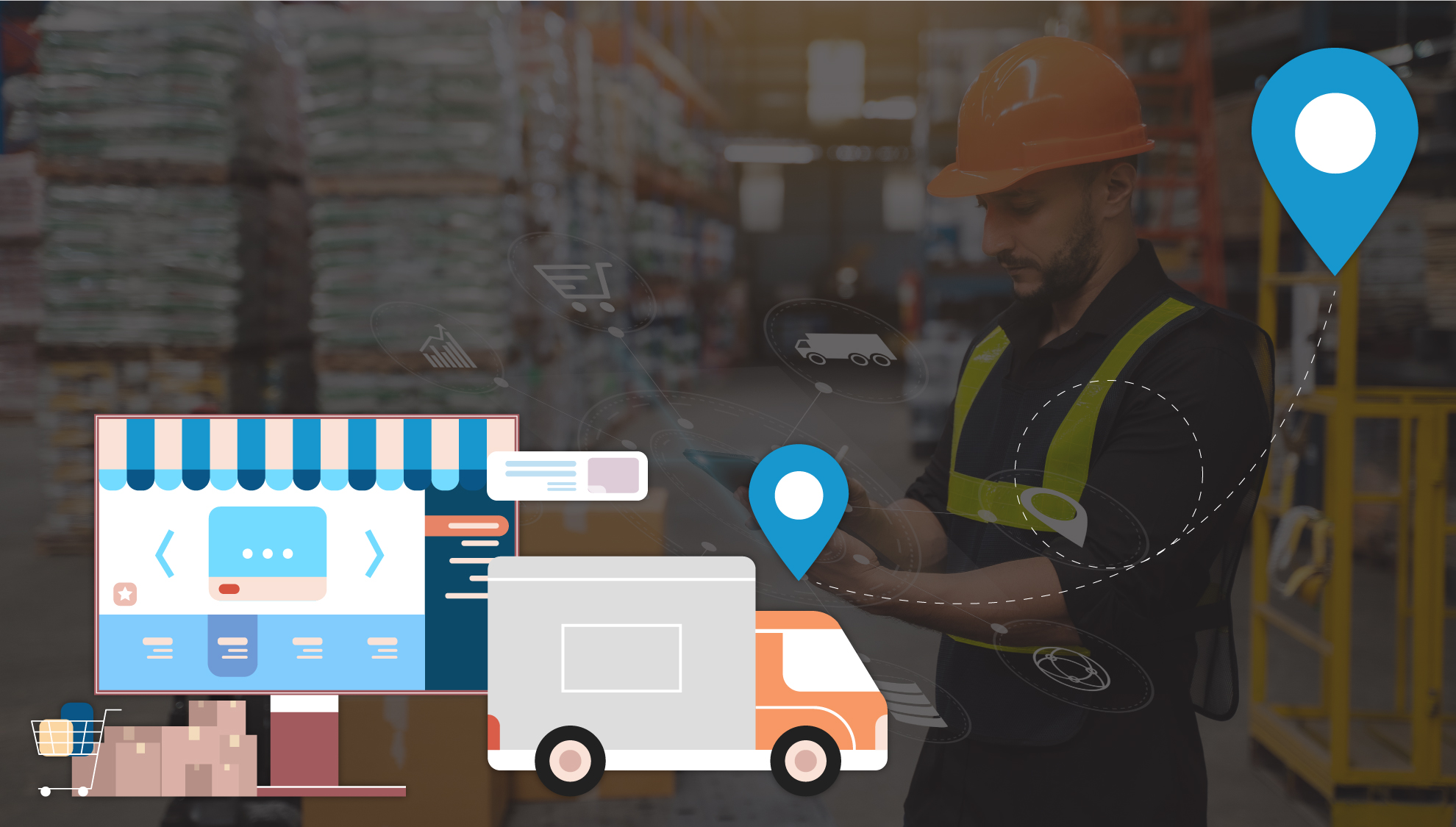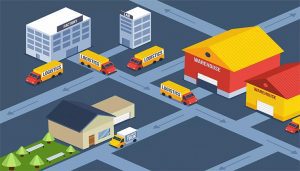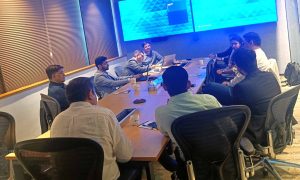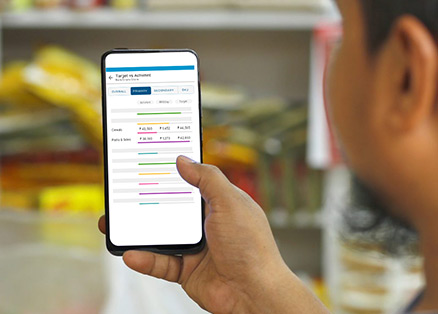Amidst implementation of Goods and Services Tax (GST) and demonetization, the Indian FMCG industry is managing its way through disruptions post-festive months recording higher demand-led growth. The general industry sentiment is positive and optimistic for the medium and longer terms. Large players such as makers of grocery products like biscuits, juices, toothpaste, and snacks are going to increase their consumer promotion spends by 15-20% in Q3-2017.
This particularly is an interesting phase in the Indian FMCG growth trend where the rural consumption has superseded industry expectation, size of modern retail is estimated to grow 3times in the next 5years, a substantial increase in disposable income and there’s been a significant change in lifestyle choices and consumer behavior despite policy changes initiated by the government.
A recent IBEF report on the FMCG sector and related news articles share interesting statistics about this industry that will help us understand and envisage how FMCG in India will shape up by 2020. The data pointers highlighted in the below sections will adequately provide an overview of the performance and future trends of the industry.
Since FieldAssist works closely with FMCG segment as their SFA partners, this article intends to draw reader’s attention towards a set of factors that have grown as key drivers leading to FMCG sales boost, embracing new technology, how rural segment has emerged as a potential base to be tapped and strategies adopted by brands to stay ahead of each other.
Table of Contents
ToggleIndian FMCG sector report – Relevant and specific statistics
- Between 2016 – 2020, the Indian FMCG market is expected to grow at a CAGR of nearly 21%
- A rise in rural consumption is all set to drive the FMCG market. It is estimated to grow at a CAGR of 14.6% during the period 2016-2025. A major reason behind the spurt is explained by an increased disposable income that has grown at a CAGR of 4.1%.
- The penetration of modern retail is expected to see a substantial rise at a CAGR of 24.6% by 2020.
- The middle-income class population to grow at a CAGR of 10.8% and estimated to nearly double by 2020
In terms of growth and opportunities, what do the above pointers interpret for the Indian economy?
- Increased disposable income in the rural market implies higher spending power followed by creating an increased demand for premium products.
- Mobile and smartphone usage in rural and urban India – The number of mobile internet users in India is reached around 420mn by June 2017 from 389mn in December 2016. The growth in the rural market is much higher than the urban market in this context. Subsequently, E-com companies are strengthening their FMCG business by positioning their platform as a front line offering to drive daily product sales.
- Tier 2 and 3 cities are witnessing faster growth in Modern Trade. In fact, modern trade consumer spend has nearly tripled from 2011 to 2015.
- Finally, in order to tap the potential, FMCG giants such as Patanjali, Wipro, and Nestle are slowly diversifying and expanding its product range through massive investments across the country.
Indian FMCG – Focus Factors
- Key drivers that have been identified through historic trends primarily are increased awareness, easier access, and changing lifestyles
- Modern trade is a big-ticket item that is expected to grow at 20% year on year, likely to boost revenues for FMCG players.
- Household and Personal Care is one of the leading segments accounting for 50% of the overall market while Haircare at 23% and F&B at 19% market share.
- With the rising adoption of sales technologies and increased mobility usage, the FMCG distribution system has become more transparent, structured, and easily compliable.
- Rural market consumption and spending patterns.
Understanding the Indian Rural Market consumer behavior
- While the urban market accounts for nearly 60% revenue share, semi-urban and rural segments are the high potential markets that are growing faster and currently account for a 40% revenue share. It is interesting to note that FMCG products account for 50% of the total rural spending in India.
- As income levels are rising, there is a clear uptrend in the share of non-food expenditure in rural India.
- Mobile internet users in rural India is recording a growth of nearly 26%. In fact, mobile handset penetration in rural India is much higher than TV. This statistic makes it interesting for FMCG brands to use the mobile medium creatively to expand its reach. A case in example is Colgate Palmolive (I) Ltd. which has low unit packs across its mass sub-brands such as Cibaca that caters to the “Pocket Dentist Initiative”(Jul16 – Dec17). It’s missed call phenomenon or mobile ring-back service provides access to dental care information in rural India
Notable trends in FMCG
- Brand consciousness – Consumers are increasingly becoming aware and prefer lifestyle and premium range products owing to higher disposable income.
- FMCG companies’ buildings focus on innovating their existing product portfolio and developing new ones.
- The trend towards mass customization of products is expected to intensify further owing to increased preferences in consumer demand.
- Companies are aggressively introducing smaller SKUs at reduced prices to sustain margins and maintain volumes to expand the consumer base.
- More and more products are focusing on reducing the carbon footprint by creating eco-friendly products.
Strategies adopted by FMCG brands
- Offer customized products owing to distinct customer preferences. Eg: Women’s Horlicks for women and Junior Horlicks for kids.
- Since varied choices are available for a singular product, customers are less likely to stay brand loyal. Hence, FMCG players massively spend on product innovation and promotion to stay ahead in the competition.
- The online research enables customers to make informed purchasing decisions. Hence, FMCG companies are focusing on building their online presence.
Having extensively discussed the FMCG landscape in India, it becomes clear that it is on an upswing today growing at a fast pace. However, in order to scale up and maintain this pace, the FMCG sector is subsequently investing in new sales technologies such as SFA among others. Increased internet users across the country, higher consumption, and spends patterns in the rural segment, cut-throat competition, the emergence of Modern trade, and need for an organized retail distribution system has therefore prompted leading FMCG players to integrate SFA solutions in their sales system. This will create an automated, robust, and seamless business environment for organizations.
FieldAssist has been working closely with some of the leading FMCG brands in India. They are credited with the fact that most of the differentiating product feature ideas have emerged post discussion with their clients. In addition to being SFA partners, FieldAssist also doubles up as knowledge partners engaging in discussions with its FMCG clients that define the landscape and scope of sales force automation in the country.
About Post Author
Nikhil Aggarwal
Driven by his passion for growth through automation, Nikhil takes pride in embarking his clients through a transformational journey and helps them be a more resilient, agile, and future-ready brand.

